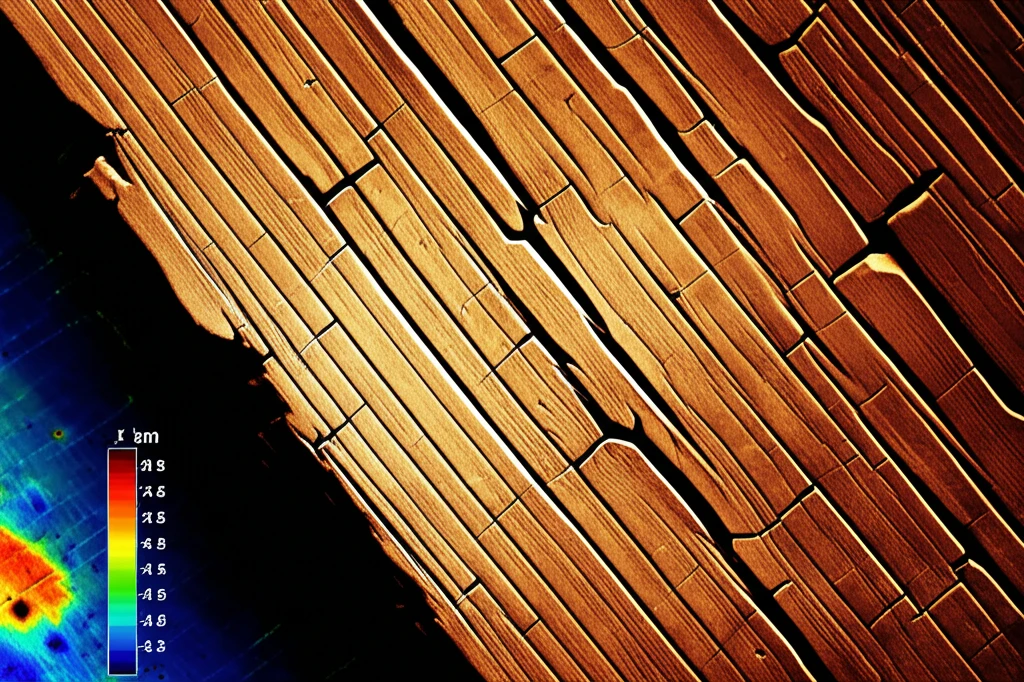
Cracking the Code: How Fracture Mechanics Can Improve Wood Cutting
"Unlock the secrets of stress and strain in wood to achieve cleaner, more efficient cuts using fracture mechanics."
Woodworking is an art, but like any art, it relies on science. Achieving that perfect cut requires more than just skill; it demands an understanding of what happens at the microscopic level when blade meets wood. Traditionally, improving wood cutting involved trial and error, but modern science offers a more precise approach. By understanding the underlying mechanics of how wood fractures, we can optimize cutting techniques for superior results.
One such advancement is the application of fracture mechanics—the study of how cracks form and propagate in materials—to wood cutting. Imagine being able to predict exactly how a piece of wood will break based on the tool's angle and speed. That's the power of fracture mechanics. This approach allows us to control the process, leading to smoother surfaces, less waste, and greater efficiency.
This article explores how fracture mechanics, particularly the concept of stress intensity factors, is transforming wood cutting. We’ll break down complex concepts into easy-to-understand terms, showing how this knowledge can be applied to everyday woodworking for better outcomes.
The Science of the Split: Understanding Stress Intensity Factors

At the heart of fracture mechanics lies the concept of stress intensity factors (K). Simply put, these factors measure the stress at the tip of a crack. In wood cutting, understanding these factors can predict how and when the wood will break. The primary focus is often on Mode I fracture, which describes the opening mode where the crack surfaces are pulled directly apart. Think of splitting wood along the grain.
- Mode I Fracture: The opening mode, crucial for understanding wood splitting.
- Digital Image Correlation (DIC): A method to measure strain distribution.
- Stress Intensity Factor (K₁): Measures stress at the crack tip.
- Change in K₁ (ΔK₁): Indicates crack propagation length.
The Future of Fracture in Woodworking
By applying the principles of fracture mechanics and utilizing tools like Digital Image Correlation, the woodworking industry can move beyond traditional methods and embrace a more scientific approach. Understanding stress intensity factors and crack propagation not only enhances the quality of wood surfaces but also opens doors for innovative, efficient, and sustainable woodworking practices. As research continues, expect to see even more precise and effective cutting techniques that transform how we shape wood.
